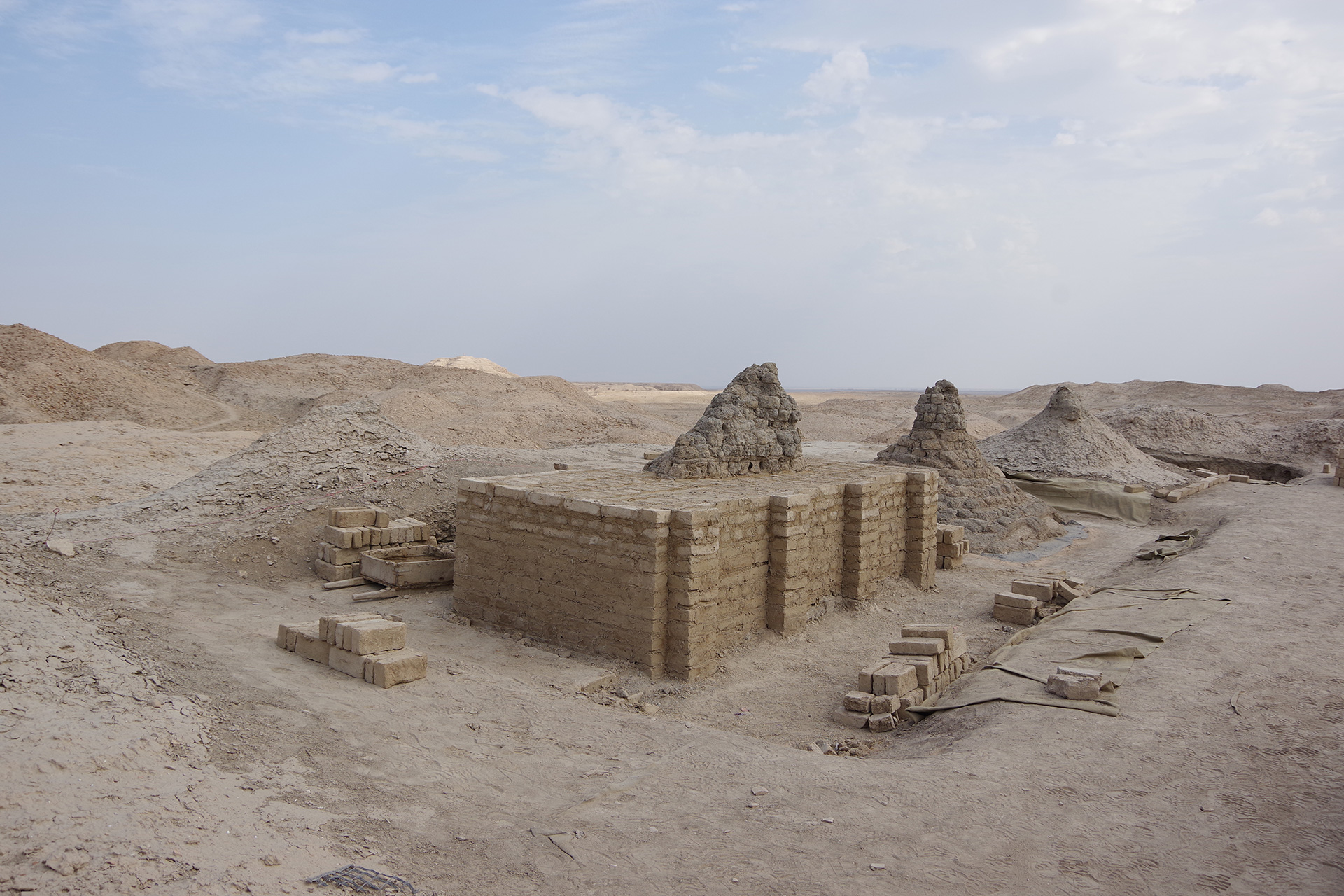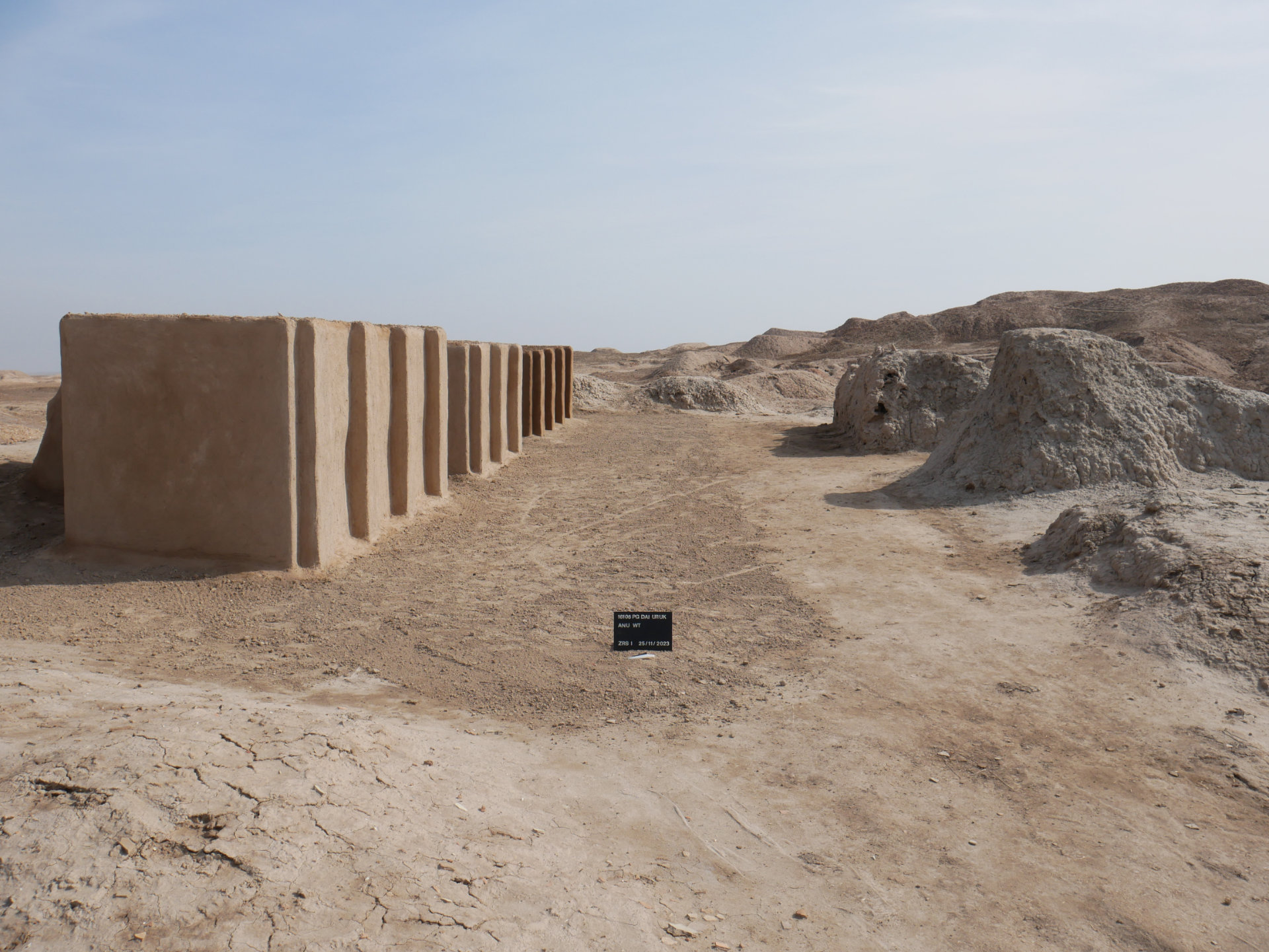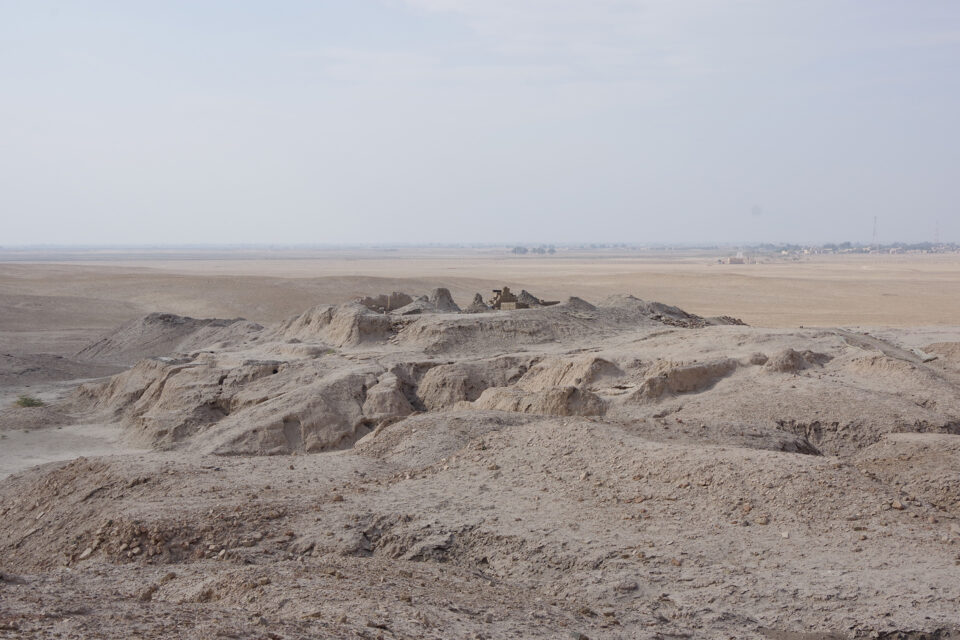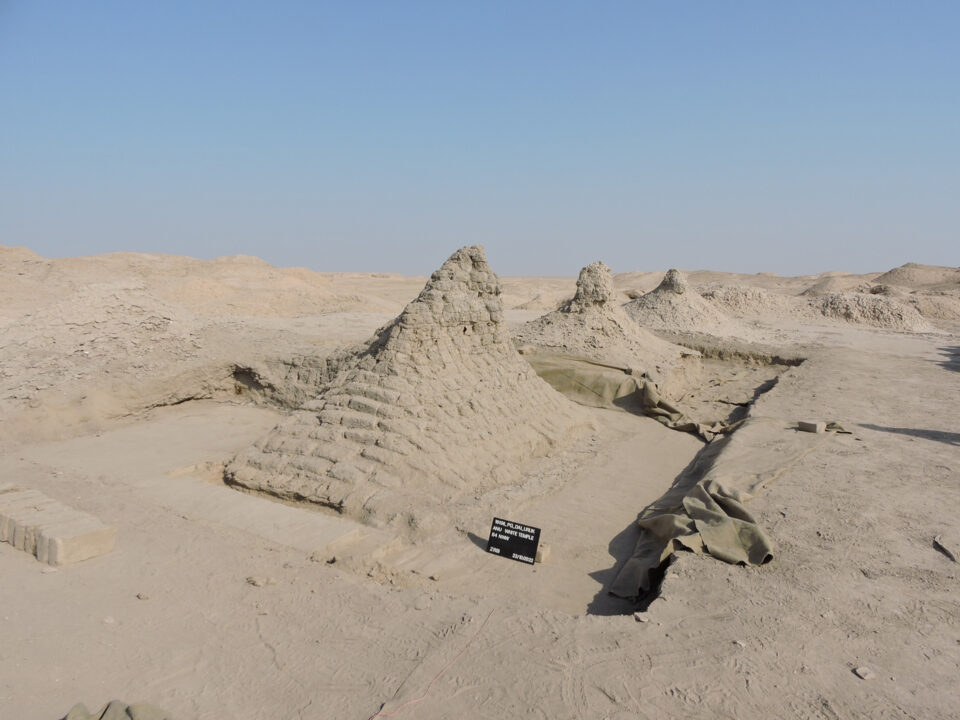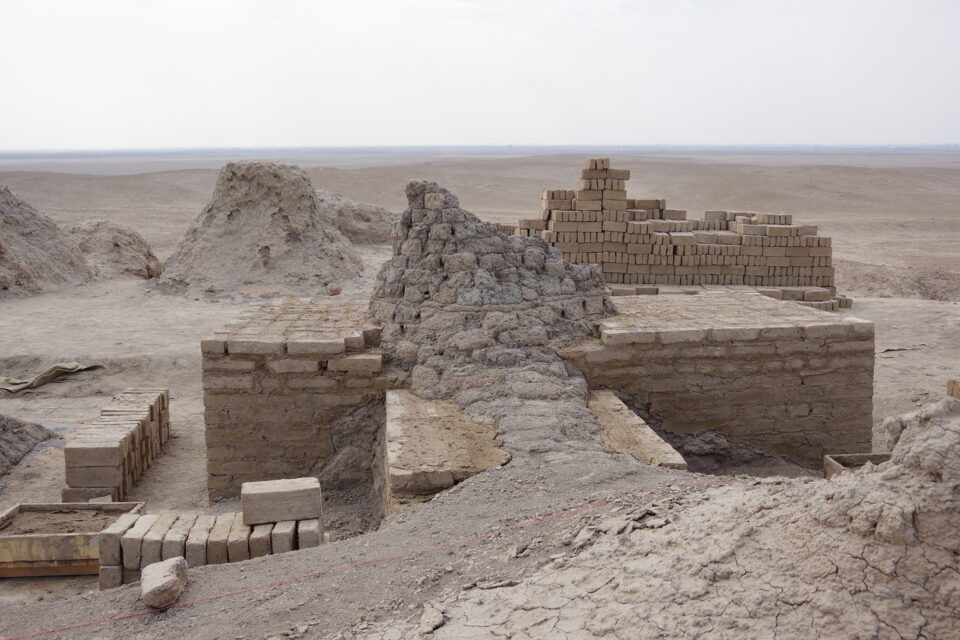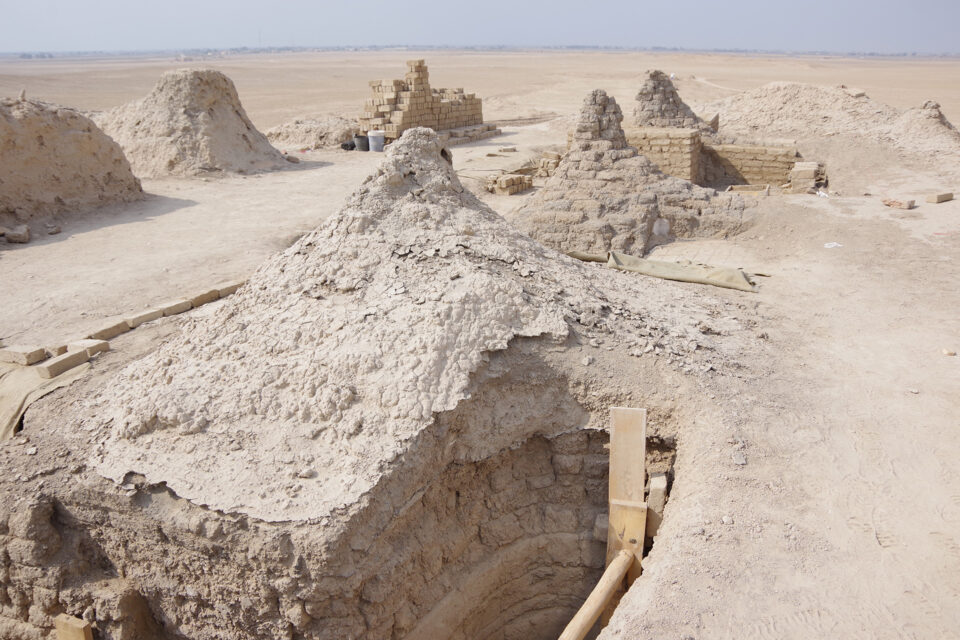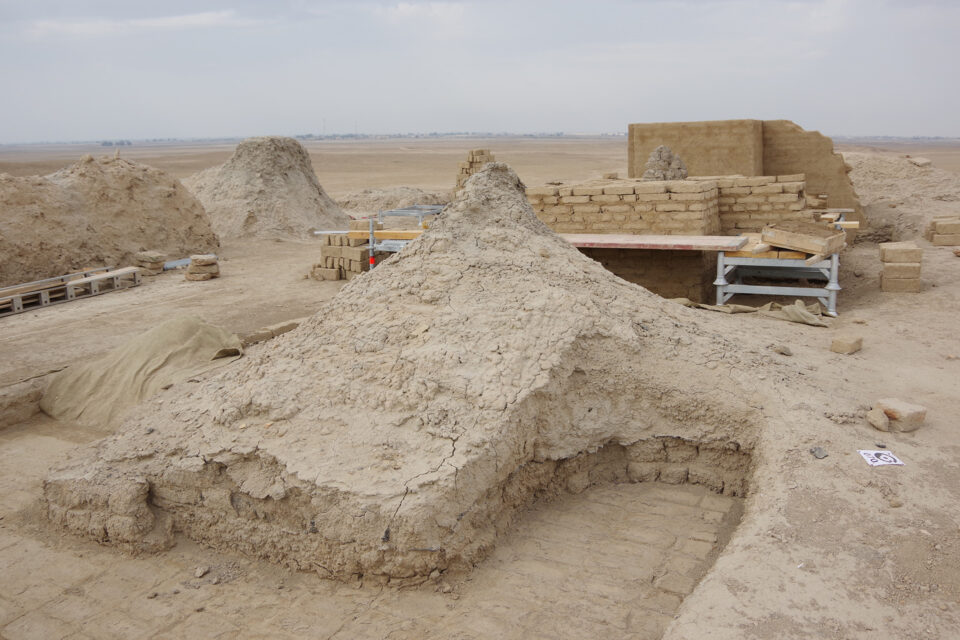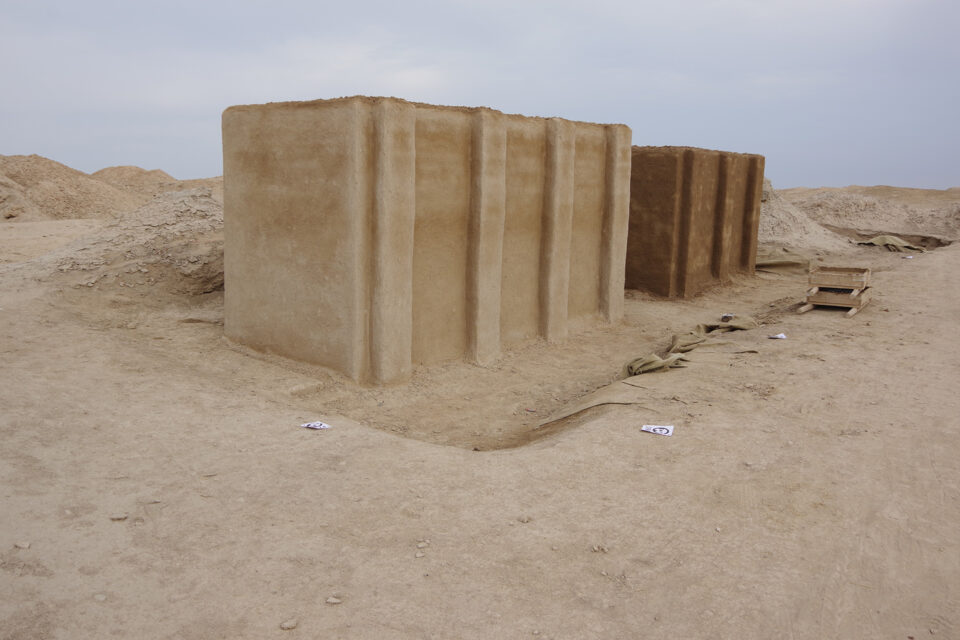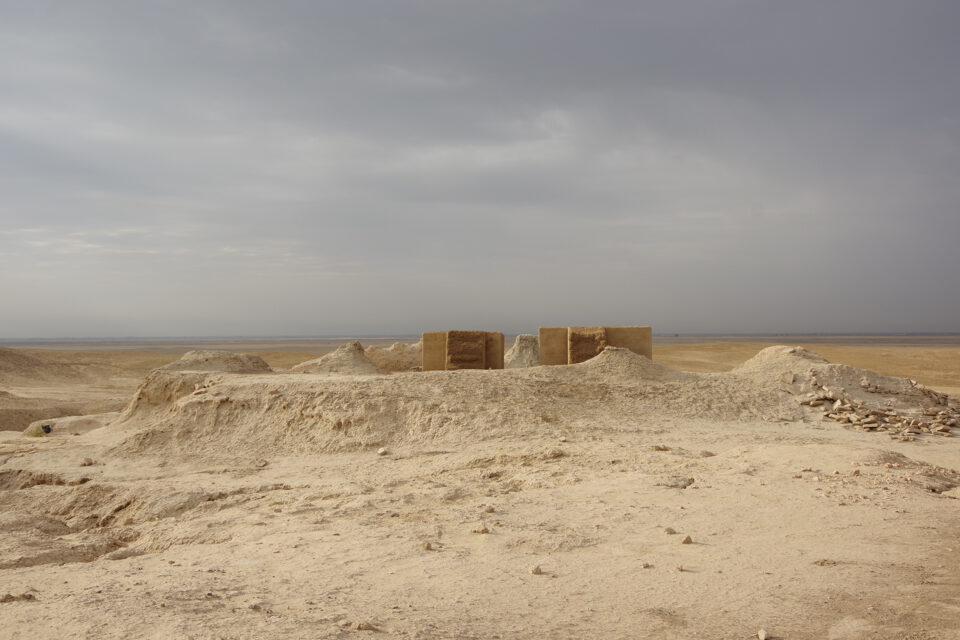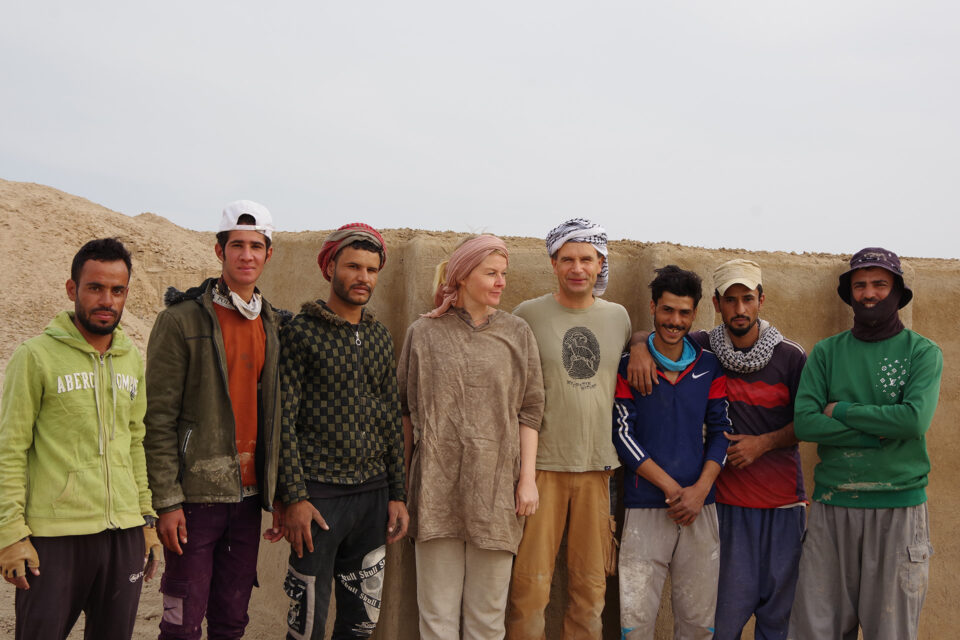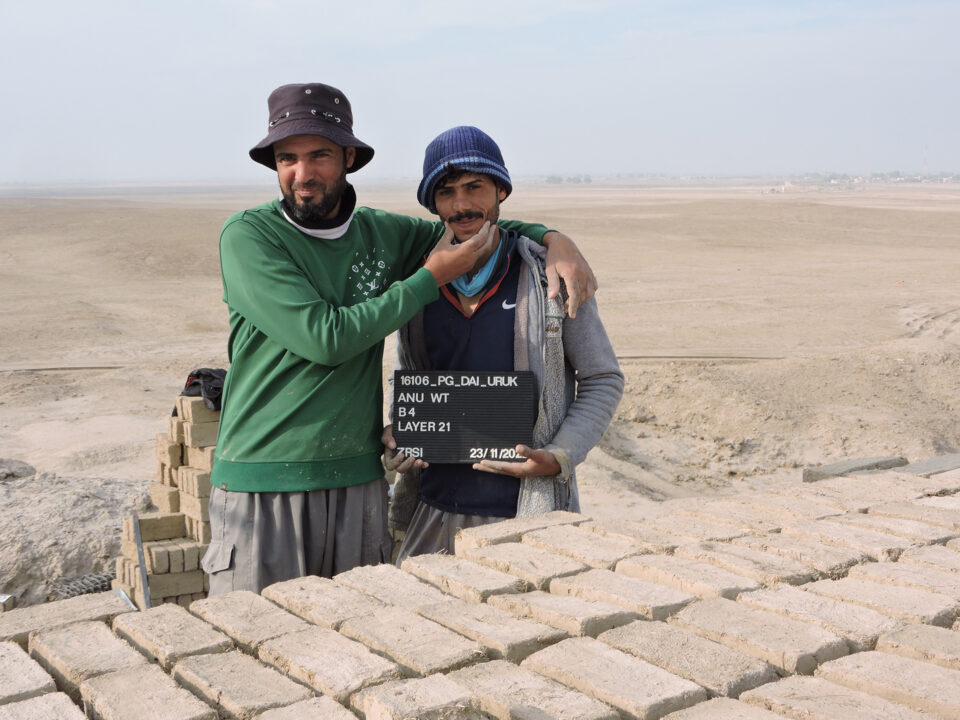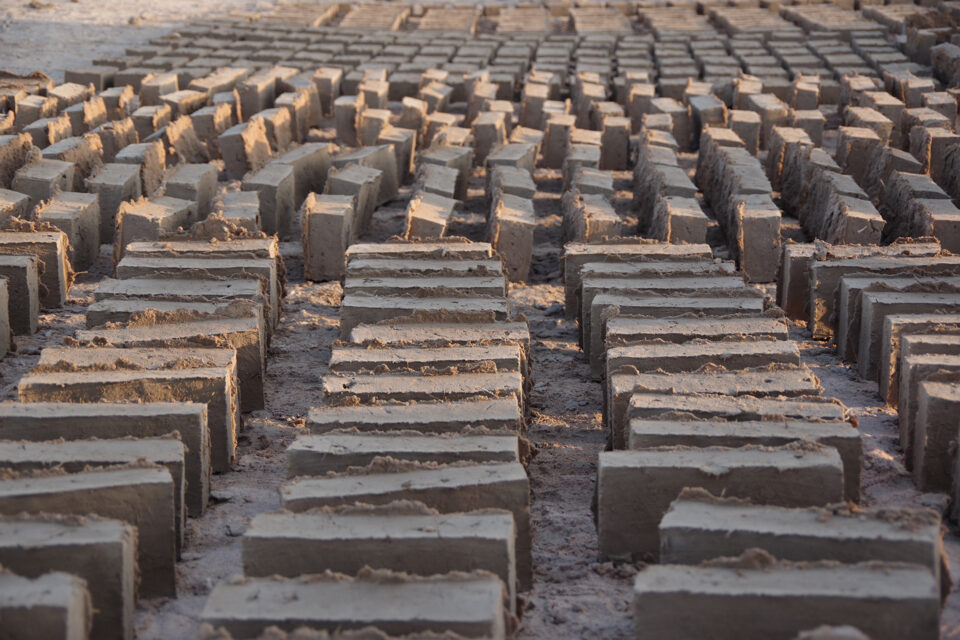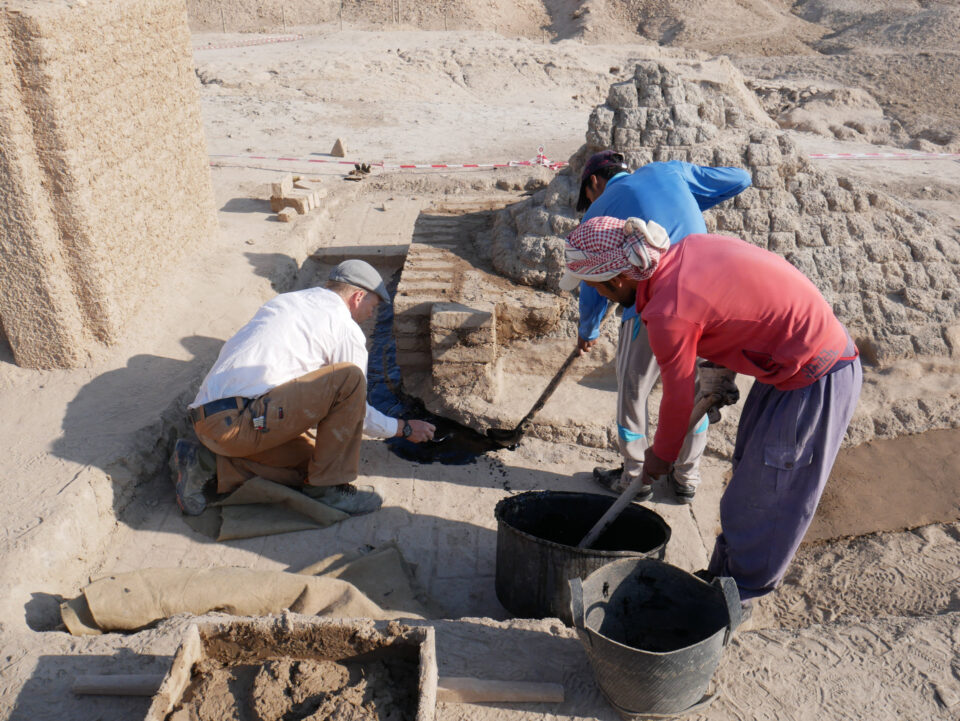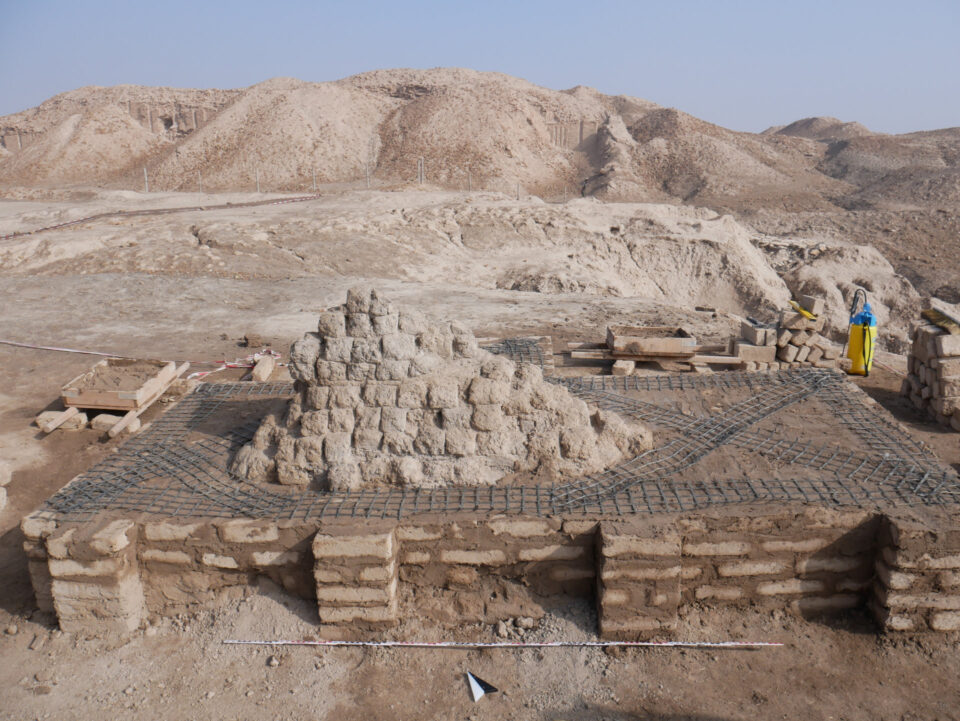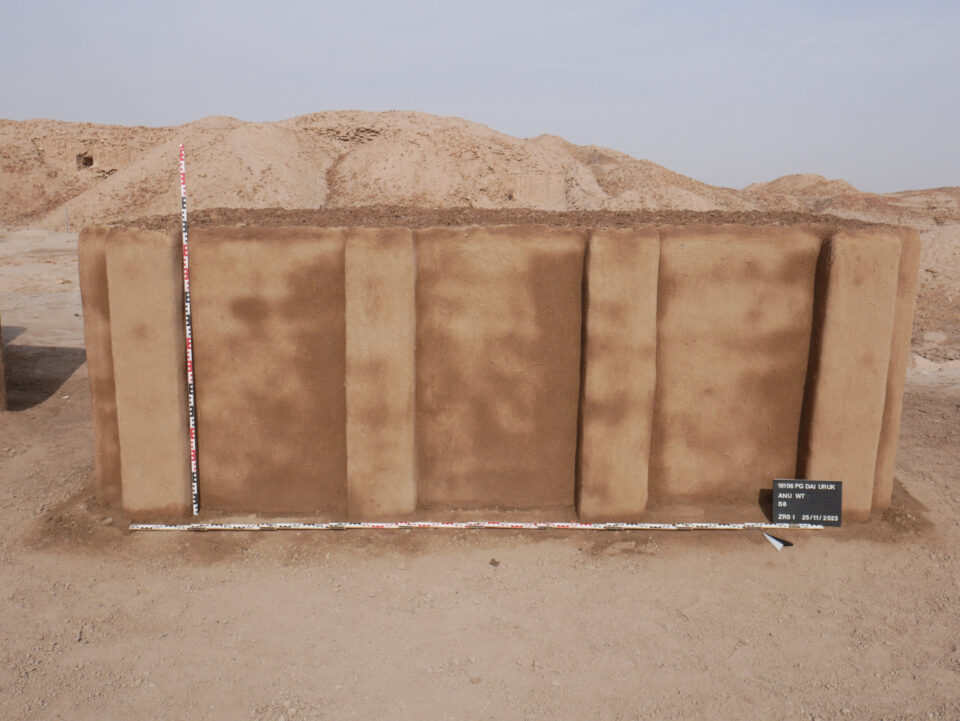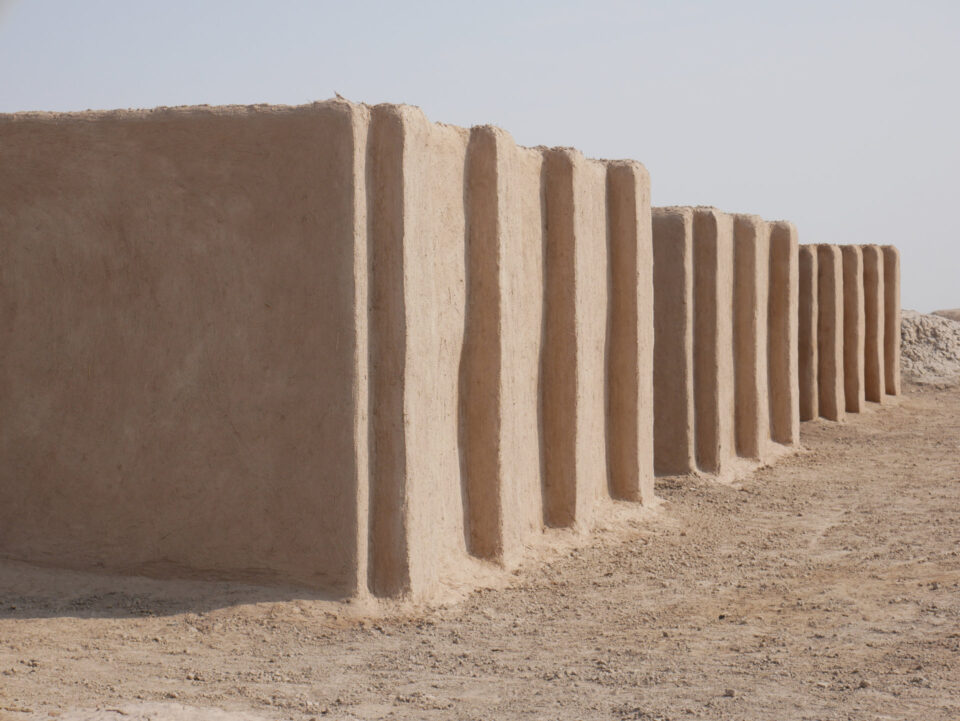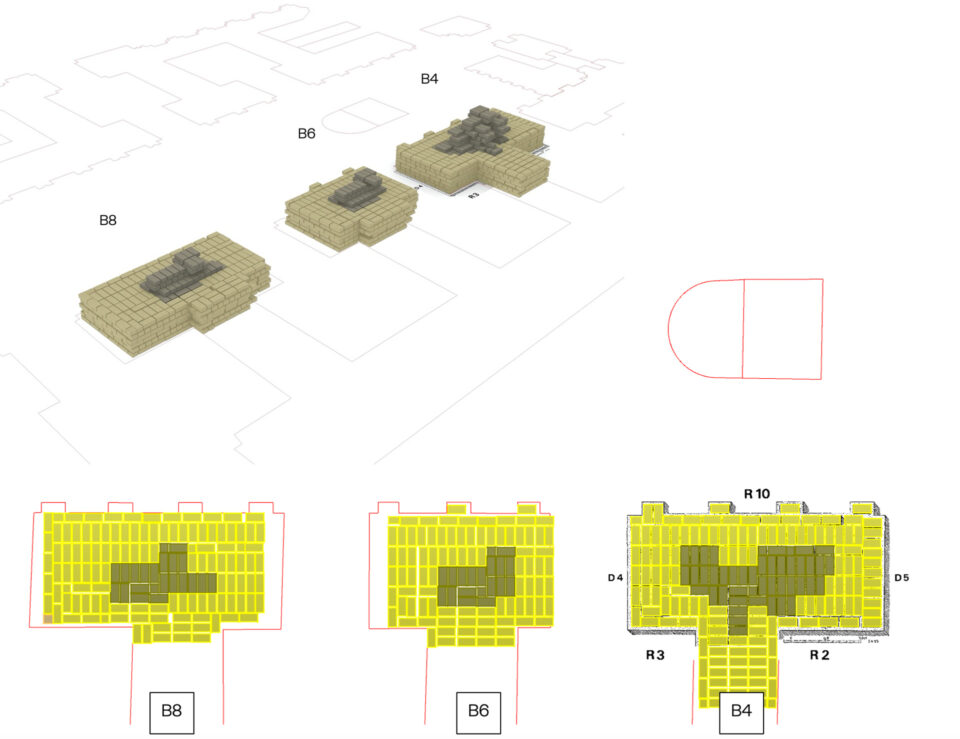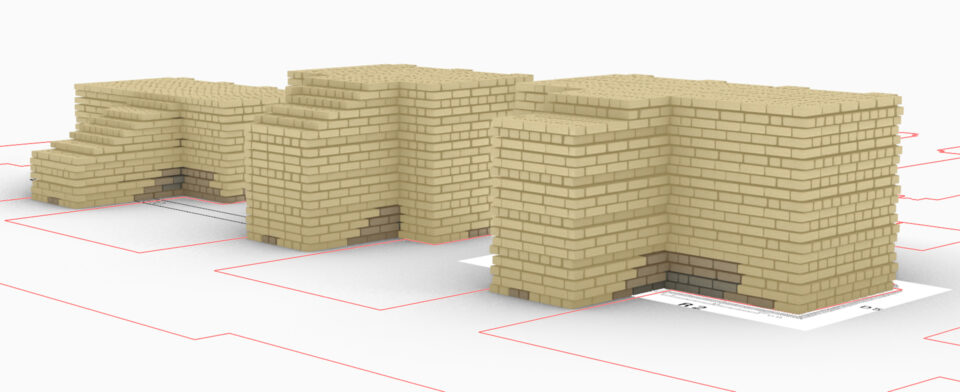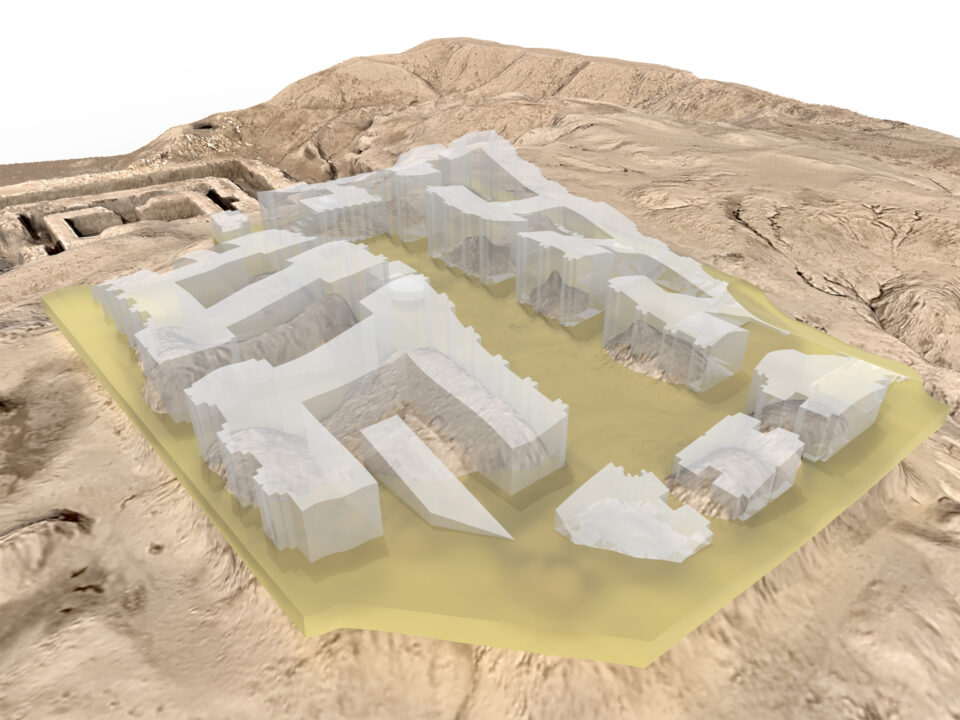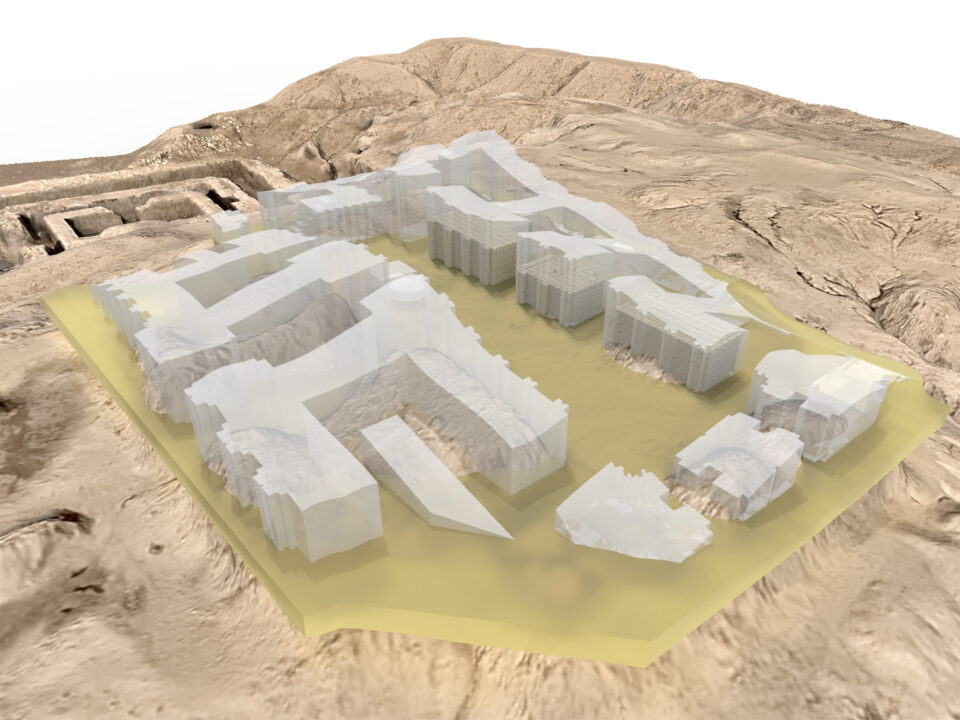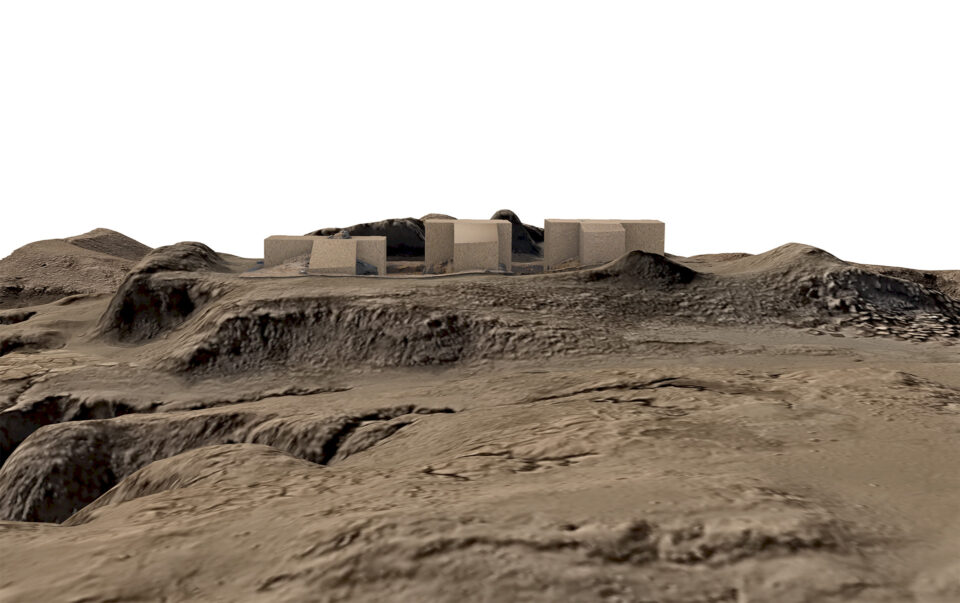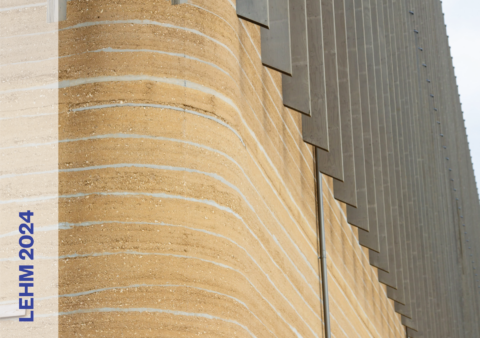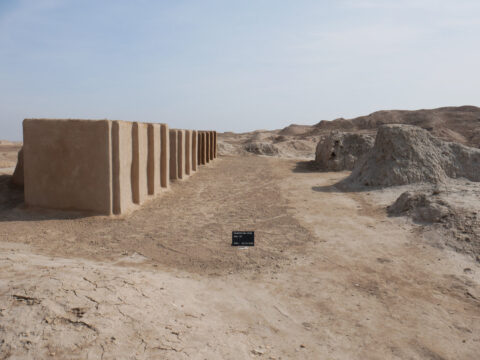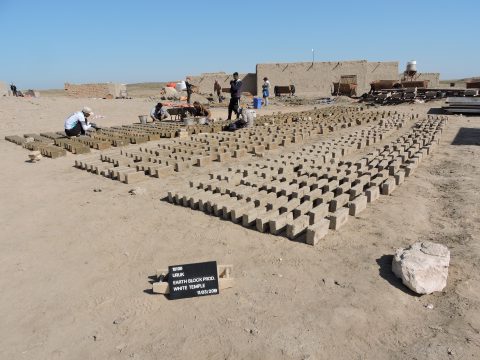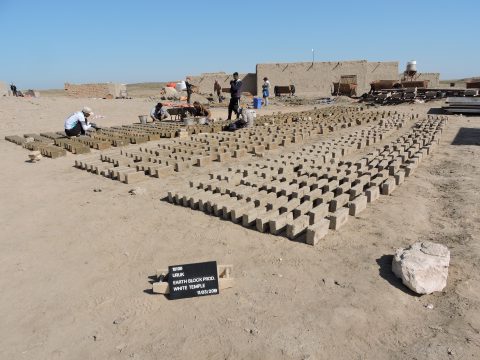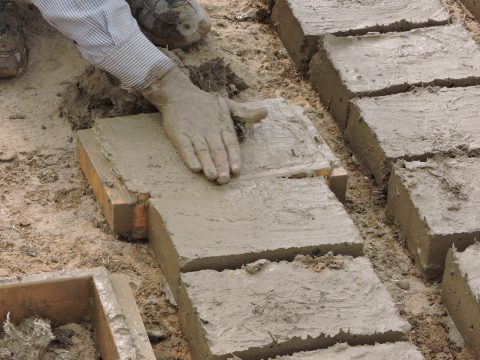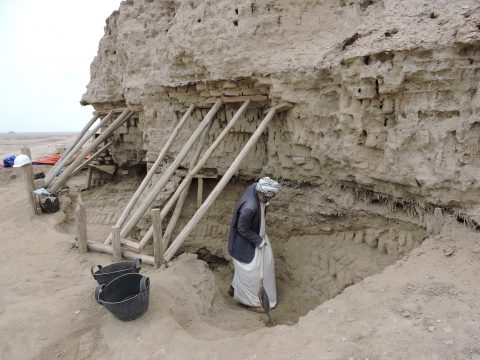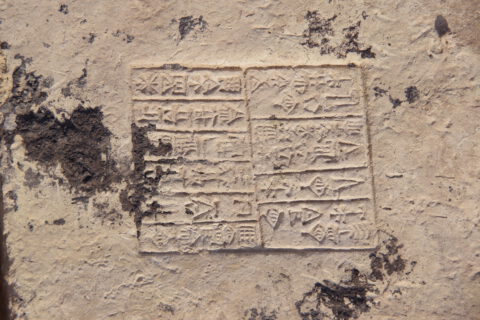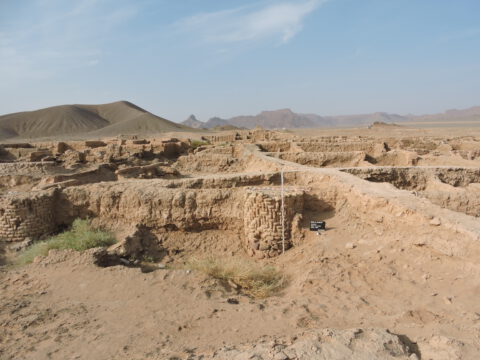The ancient metropolis of Uruk lies 300 km south of Baghdad, on the western edge of the Sumerian heartland in the alluvial plains between the Euphrates and Tigris rivers, in what is now southern Iraq. Founded at the end of the 5th millennium BC, Uruk is the cradle of important achievements of human civilization such as writing or the development of complex administrative and social structures.
The German Oriental Society and later the German Archaeological Institute (DAI) have been excavating monumental sanctuaries, monumental buildings and residential and representative buildings on the site of Uruk since 1912. A large part of these building remains consists of earth building materials, mainly earth blocks. With the award of UNESCO World Heritage status in 2016, the obligation arose to develop a coordinated conservation strategy for the archaeological site of Uruk. This task is being led by the DAI through Margarete van Ess, planned by the Berlin offices of Klessing Hoffschildt Architekten (KH) and ZRS Ingenieure GmbH (ZRSI), and implemented with Lovis Lehmbau (LL), together with local colleagues from the State Board of Antiquities and Heritage Iraq (SBAH) and local workers.
The first major emergency conservation measure by ZRSI and Lovis Lehmbau to stabilize overhanging masonry was already carried out in 2018 at the western corner of an approximately 4200-year-old man-made temple mound (made of approximately 11.5 million earth blocks!), the so-called Eanna Ziqqurat. Since 2019, ZRSI’s conservation concepts for the White Temple on Uruk’s oldest ziqqurat, the so-called Anu Ziqqurat, have been developed and – after years of interruption – started to be implemented in autumn 2022. In contrast to the Eanna Ziqqurat, the Anu Ziqqurat does not have any reinforcement layers made of reed mats, a fact causing higher surface deterioration. However, this earth block massif is characterised by millennia-old horizontal waterproofing techniques using bitumen mortar. One of the most valuable findings in Mesopotamia can still be found in remains on this Anu Ziqqurat, the so-called “White Temple”, built around 3500 BC, which is the world’s first and only preserved temple on a ziqqurat and which is the subject of the current emergency securing measures of ZRSI in Uruk.
The first phase of the conservation concept – the protective walls of the findings of the north-eastern central hall wall made of earth blockmasonry – was completed in 2023. To this end, the excavation holes in the base terrace, i.e. the foundation of the White Temple, were first closed with earth block masonry to allow works on the actual above-ground features, the remains of the pillar masonry. Encrustations and loose layers were removed in order to connect to non-weathered material. As expected, the uncovering revealed remains of the historical plaster, paint and floor structure, later conserved and structurally stabilised by a specialist. The remains of the pillars were then provided with a protective coating of earth block masonry in the historic pillar layout. This could be established beyond doubt during the excavation. A total of around 25,000 earth blocks has been used to close the base terrace and the protective walling of the pillar remains.
Exact details of our conservation projects in Uruk, led by Jasmine Alia Blaschek (ZRS Ingenieure) and Christof Ziegert (ZRS Ingenieure), can be found in the project report on part one of the first phase of the conservation and in the 2023 Mauerwerk-Kalender with the focus on earth block masonry.


